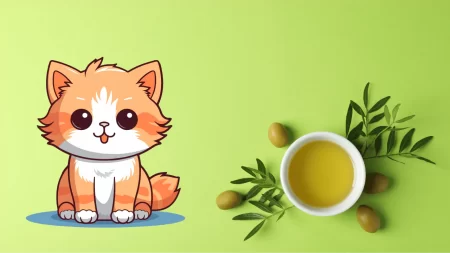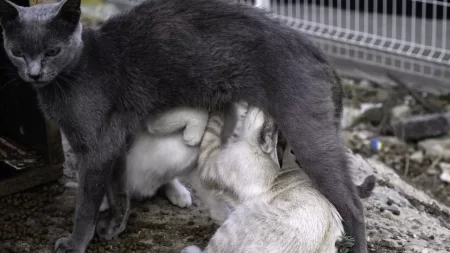If your cat is overweight, you may wonder how to aid them in losing weight and enhancing their health.
Selecting the appropriate food is crucial for cat weight loss. So, what constitutes good cat food for weight loss?
This article will explore the essential qualities to seek in cat food for weight loss, along with common pitfalls to avoid.
Key Features to Look for in Cat Food for Weight Loss
While seeking weight loss cat food, prioritize the characteristics below:
- Abundant protein: This nutrient is crucial for cats, maintaining their lean muscle while enhancing their metabolism. Ideal cat food has a protein content of around 30%, a level that leaves cats feeling satisfied, thereby curbing excessive eating.
- Minimal carbohydrates: As obligate carnivores, cats require few, if any, carbohydrates. Excessive carbohydrates might lead to weight gain and obesity in cats due to easy conversion to fat. Hence, recommended cat food should contain less than 10% carbohydrates.
- High-grade ingredients: The quality of ingredients in cat food bears significantly on its digestibility and palatability. Seek cat food where real meat tops the ingredient list, steering clear of by-products, fillers, and artificial colors, flavors, or preservatives.
- Nutritional balance: Weight loss cat food should cater comprehensively to your cat’s health and age-specific nutritional needs. It should be rich in vitamins, minerals, antioxidants, and fatty acids. Also, monitoring the food’s calorie content and adhering to feeding guidelines ensures optimal feeding, avoiding overfeeding or underfeeding.
Common Mistakes to Avoid
When trying to help your cat lose weight, you should avoid these common mistakes:
- Not consulting with a veterinarian before making dietary changes: Your veterinarian can help you determine your cat’s ideal weight, body condition score, and daily calorie intake goal. They can also rule out any underlying health issues that may be causing or contributing to your cat’s weight problem. Your veterinarian can also recommend the best cat food for weight loss for your cat’s specific needs and preferences.
- Changing the diet too quickly: Cats are notoriously picky eaters, and they may resist a sudden change in their diet. To avoid upsetting your cat’s stomach or causing them to reject the new food, you should introduce it gradually over a period of 7 to 10 days. You can do this by mixing a small amount of the new food with the old food, and gradually increasing the proportion of the new food until it replaces the old food completely.
- Not monitoring portion sizes: Portion control is crucial for cat weight loss, as even a few extra calories per day can add up over time and lead to weight gain. You should measure your cat’s food using a measuring cup or a scale, and feed them according to the feeding instructions on the label. You should also avoid free-feeding your cat or leaving food out all day, as this can encourage overeating and grazing. Instead, you should feed your cat at regular intervals throughout the day, preferably using an automatic feeder or a treat ball.
Conclusion
Achieving weight reduction in cats is doable with careful thought and commitment. The selection of high-grade feline food, abundant in protein and scarce in carbohydrates, along with balanced nutrition, contributes to the attainment and upkeep of desirable weight for your cat. Before you modify their diet, seek advice from your veterinarian. Add the new food into their diet in a slow and steady manner, keeping a close eye on the portions your cat consumes. By adhering to these guidelines, you can pave the way for your cat to enjoy an extended, blissful existence.







